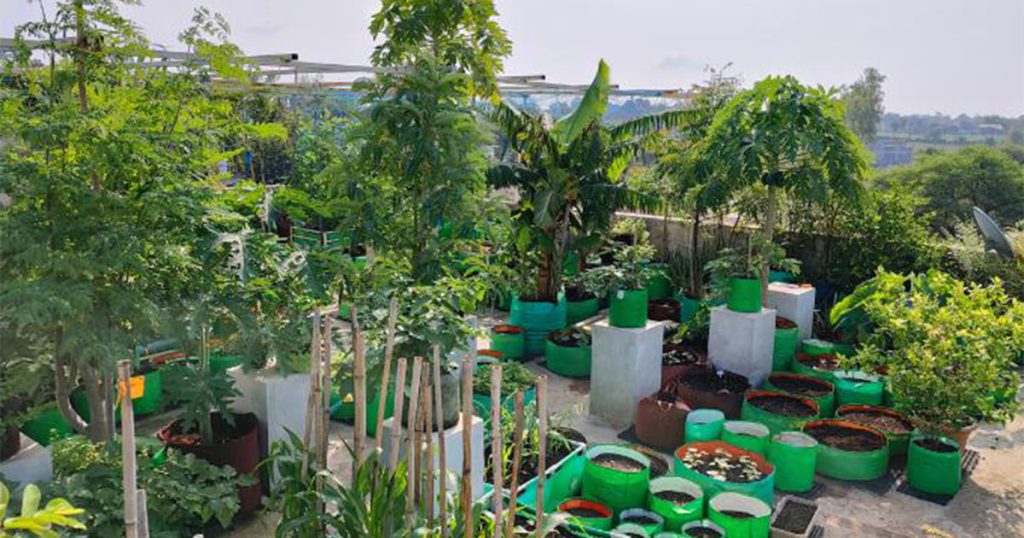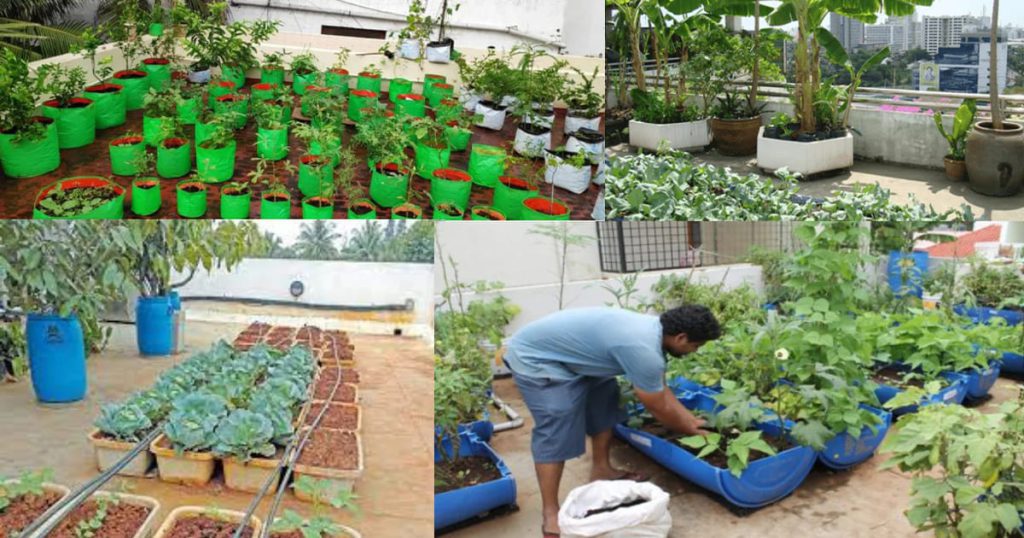India, known for its rich cultural heritage and diverse landscape, harbors a unique agricultural practice called terrace farming. This ancient technique has been often overlooked for centuries in mountainous regions, sustaining millions. This definitive guide examines terrace farming practices in India, focusing on modern methods, regional varieties, environmental impacts, and economic significance. We aim to shed light on this remarkable agricultural tradition and highlight its relevance in contemporary Indian society.

History and Evolution of Terrace Farming in India
Terrace farming in India predates written records, dating back to the Harappan Civilisation around 2600 BC. Its origins lie in the need for efficient cultivation methods in steep, uneven terrain, mainly concentrated in the Himalayas, Western Ghats, Eastern Ghats, and Northeastern hill ranges. Traditional crops such as rice, wheat, millet, vegetables, and fruits were grown, laying the foundation for sustainable agriculture.
As populations grew, so did the demand for arable land. Innovations like irrigation channels, retaining walls, stepped fields and stone platforms transformed hillsides into productive farmland. Local communities developed indigenous knowledge systems passed down through generations, preserving age-old wisdom surrounding crop rotation, soil conservation, water management, and biofertilizers.
Modern Approaches to Terrace Farming
Contemporary terrace farmers employ scientific methods and technology to increase yields and income. Integrated nutrient management combines organic fertilizers with chemical inputs, minimizing ecological damage and improving soil health. Precision farming uses satellite imagery and drones to monitor crop growth, detect diseases, and optimize resource utilization. Vertical gardening and hydroponics contribute to urban agriculture initiatives, promoting local produce consumption and reducing carbon footprints.
Regional Variations in Indian Terrace Farming
Each Indian region exhibits distinct characteristics, shaped by climate, culture, and topography. For instance, North East India focuses on wet rice cultivation, while Ladakh promotes barley and pea production. Kerala’s Western Ghats see spice plantations like pepper, cardamom, and cloves, contrasting Punjab’s dry cereal cropping pattern. Uttarakhand, Himachal Pradesh, Jammu & Kashmir, Nagaland, Meghalaya, and Mizoram host diverse agroecologies supporting vibrant terrace farming landscapes.
Benefits of Terrace Farming
- Prevents soil erosion by controlling water runoff on slopes
- Conserves rainwater and moisture for crop growth
- Utilizes fallow lands on hills and mountains for agriculture
- Facilitates irrigation and drainage on uneven terrains
- Supports biodiversity by reducing deforestation
- Sustains crop yields and farm income on low-productivity lands
Types of Terrace Farming Methods
- Step Terracing: Simple steps cut into the slope with basic retaining walls.
- Gradient Terracing: Gentle inward slope with a drainage channel to contain water flow.
- Bench Terracing: Flat platforms between steep slopes for growing crops.
- Cross-Channel Terracing: Alternate channels across the slope allowing downhill water flow.
- Valley Terracing: Terraces bisected by a central waterway for flood irrigation.

Key Crops Grown Through Terrace Farming
- Rice: Grown in flooded terraced fields across hill regions like North East India.
- Wheat: Uttarakhand and Himachal Pradesh produce over 65% of India’s hill wheat.
- Pulses: Lentils, peas, and beans grown in terraced farms of Deccan hills.
- Vegetables: Diverse vegetables cultivated in terraced gardens across the Western Ghats.
- Fruits: Apple, orange, and ginger are grown on terraces in Himachal Pradesh and Arunachal.
- Herbs/Spices: Saffron, turmeric, and ginger are grown on terraces of Jammu & Kashmir, Sikkim.
- Commercial Crops: Tea, coffee, and cardamom planted on hillside terraces in South India.
Also Read:- How Are Rice Transplanters Revolutionizing Farming?
Environmental Impacts of Terrace Farming
Despite being labor-intensive, terrace farming positively influences ecosystem stability. Constructing terraces prevents soil erosion, increases water retention capacity, reduces runoff, and fosters biodiversity. Organic waste recycling and polycropping improve soil structure and microbial diversity, contributing to long-term sustainability. Nevertheless, deforestation and excessive chemical usage pose serious risks, necessitating urgent intervention and regulation.
Economic Importance of Terrace Farming
Terrace farming generates employment opportunities, secures livelihoods, and strengthens rural economies. Smallholder farmers engage in subsistence and commercial agriculture, selling surplus produce at local markets or exporting rare species globally. Tourism ventures promote homestays, trekking trails, and cultural immersion programs centered around terraced villages, stimulating socioeconomic development.
Challenges to Terrace Farming in India
Despite its many benefits, terrace farming faces several challenges in India. One major challenge is the labor-intensive nature of constructing and maintaining terraced fields. Building and repairing terraces requires a significant investment of time and effort, and many younger people are reluctant to undertake this work, preferring to pursue careers in cities. Another challenge is the increasing frequency and intensity of extreme weather events, such as heavy rainfall and heat waves, which can destroy terraces and wash away valuable topsoil.
Opportunities for Future Growth
Terrace farming faces numerous hurdles, including migration, climate change, resource scarcity, and market fluctuations. Encouraging youth participation, skill training, research collaborations, and cooperatives can overcome these obstacles. Despite these challenges, there are several reasons to be optimistic about the future of terrace farming in India. One reason is the growing interest in sustainable and organic farming practices, which are well-suited to terrace farming. By emphasizing crop diversity, soil health, and ecological balance, terrace farming can produce nutritious, flavorful food while simultaneously sequestering carbon, preserving biodiversity, and protecting watersheds.
Additionally, recent advances in technology have opened up new possibilities for terrace farming. For example, drip irrigation systems can help conserve water and reduce labor costs, while greenhouses can extend the growing season and protect crops from extreme weather. Similarly, the use of cover crops, companion planting, and other agroecological techniques can help improve soil fertility, suppress pests, and enhance ecosystem resilience.
Conclusion
Terrace farming is an ancient agricultural practice that continues to play an important role in feeding India’s growing population. Despite the challenges it faces, terrace farming has the potential to contribute to sustainable and organic food production, biodiversity conservation, and climate change mitigation. By combining traditional knowledge with modern technology, policymakers, researchers, and farmers can work together to promote the adoption and sustainability of terrace farming in India. By doing so, they can help ensure food security, promote rural development, and protect the nation’s rich cultural heritage.





